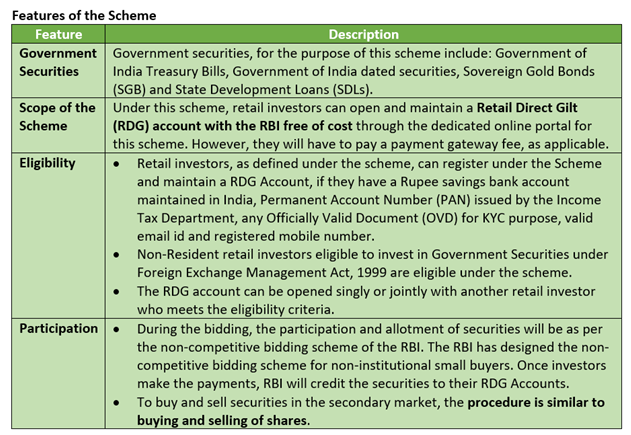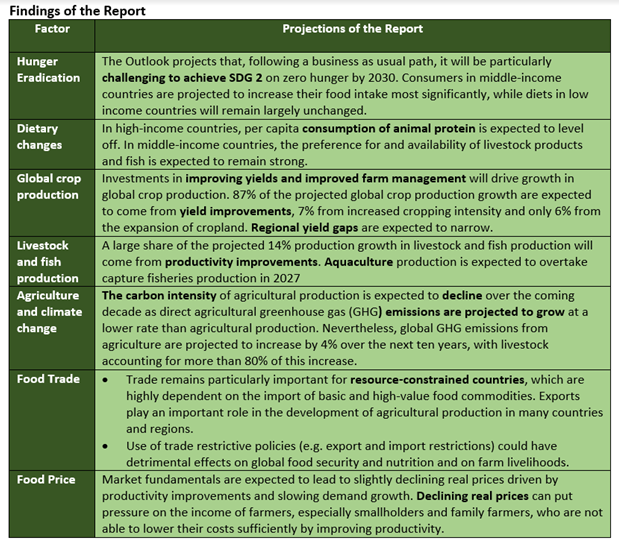Wednesday, 14th July 2021
MSMEs’ reverse migration issue
In News
Grant Thornton Bharat and SIDBI released a report on a study to address the challenge of reverse migration of migrant workers for MSMEs.
About the News
- Background: After the lockdowns were announced, the nation witnessed a mass exodus of migrant workers from major cities towards their home states.
- The sudden rise in the number of unemployed workers returning posed several challenges for the state governments. Some states have implemented schemes with a focus on education and skill development to create employment opportunities.
- In order to address the challenge of reverse migration of migrant workers for MSMEs, this study was carried out.

Recommendations of the report
- Aim of the Report: The report aims at bridging the gaps between MSMEs and central as well as state governments, to gain an in-depth understanding of the ground-level challenges faced by MSMEs and assist them in creating an ideal ecosystem.
- For MSMEs: The report has recommended digitisation of financial and non-financial services; involvement of technical institutions as solution centres among many others.
- India’s 63.38 million MSMEs contribute significantly to the country’s economic growth. The sector accounts for about 45% of manufacturing output, more than 40% of exports, over 28% of gross domestic product and employs about 111 million people.
- For Migrant Labour: The report suggested that cluster mapping, and a major cluster-based skill development approach is required. So skilling, reskilling, and upskilling are important aspects to provide jobs and enterprise opportunities to migrant labour.
Sources:
- MSMEs’ reverse migration issue to be addressed by cluster mapping, cluster-based skill development: Study
- Skill mapping, reviving MSME clusters to solve reverse migration problem
Image Source
The State of Food Security and Nutrition in the World (SOFI) 2021
In News
The FAO and UNICEF have released the report on The State of Food Security and Nutrition in the World (SOFI) 2021.
Findings of the Report
This year’s The State of Food Security and Nutrition in the World (SOFI) summarizes the first global assessment of food insecurity and malnutrition for 2020 and offers some indication of what hunger and malnutrition would look like by 2030, in a scenario further complicated by the enduring effects of the pandemic.
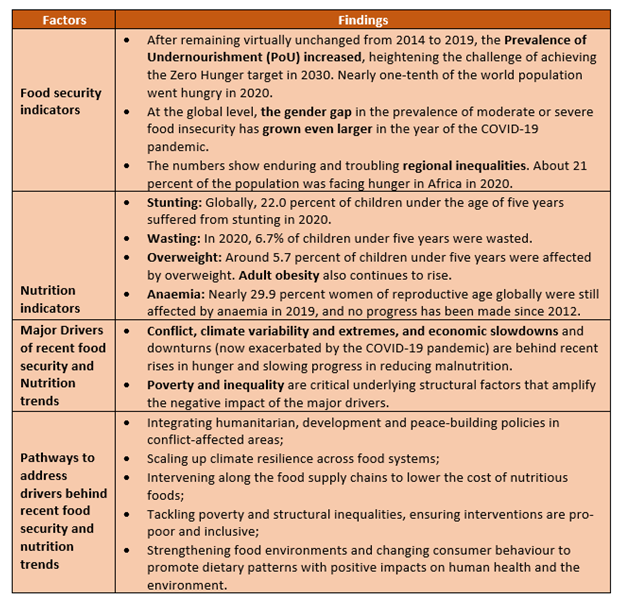
Source:
This Day in History - Quit India Resolution
On 14 July 1942, the Congress Working Committee met at Wardha and resolved that it would authorise M.K.Gandhi to take charge of the non-violent mass movement. The Resolution, referred to as the 'Quit India' resolution, was approved by the All-India Congress Committee meeting in Bombay in August. It was a mass civil disobedience movement and Gandhiji gave the slogan 'Do or Die' to force the British to leave India. The movement was, however, followed by large-scale violence directed at railway stations, telegraph offices, government buildings, and other emblems and institutions of colonial rule. The 'Quit India' movement united the Indian people against British rule.
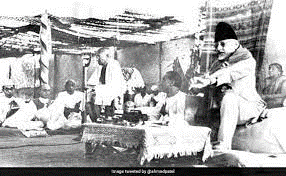
Sources:
Image of the Day- Bryum Bharatiensis
This is the image of new plant species discovered in Antarctica by scientists from Punjab University. The scientists have named the species 'Bryum Bharatiensis' as a tribute to goddess Saraswati, who is also known as 'Bharati'. They found green plants on rocks near Bharati station at Larsemann Hills, East Antarctica. This moss mainly grew in areas where penguins bred in large numbers. Penguin excreta has nitrogen and plants need nitrogen along with potassium, phosphorus, sunlight, and water to survive. The discovery is significant for the Indian Antarctic Mission as it is the first and only plant species that the mission discovered since 1981.

Source:
Ashadhi Beej and Rath Yatra
- Context: Devotees had gathered to witness Jagannath Yatra on ''Ashadhi Beej''
- Ashadhi beej- the Kutchi New Year celebrated by the people of Kutch (Gujarat), is associated with beginning of rains in Kutch Region.
- The Rath Yatra also called the Chariot festival is a 9 day long Hindu festival organized at the Jagannath Temple in Puri, Odisha symbolizing Lord Jagannath (Lord Krishna) journey from Dwarka to meet the inhabitants of Vrindavan, his birthplace.
- According to the Hindu calendar, the Yatra takes place every year on the second day of Shukla Paksha in the month of Ashadha.
- The festival is celebrated by worshipping Lord Jagannath (ruler of the world), his elder brother Balbhadra (Balaram) and sister Subhadra. Three giant wooden chariots are made of Neem tree for the deities for the yatra.
- This Rath Yatra of is a symbol of harmony, brotherhood, and unity.
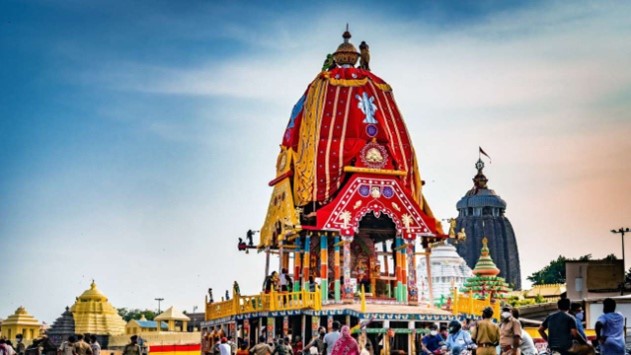
Sources:
- Ashadhi Beej a Kutchi New Year and a Day is Celebration of Rains
- Jagannath Rath Yatra 2021 starts today, know religious importance of the festival
- Rath Yatra, June 23: History & significance of Lord Jagannath’s Chariot Festival 2020
Picture Source:
Vietnam’s First Honorary Consul General in India
- Context: Vietnam has appointed the first honorary Consul General in India.
- As part of Vietnam’s efforts to deepen cooperation with various states, Industrialist N.S. Srinivasa Murthy based in Bengaluru has been appointed as Honorary Consul General of Vietnam for Karnataka.
- He is the first honorary consul general of Vietnam from India and the 19th across the world.
- The appointment is for a period of three years.
- A Consul general is appointed to protect the interest of Vietnamese nationals, & companies, to promote trade, economics, investment, tourism, educational and cultural cooperation between Vietnam and the corresponding State.
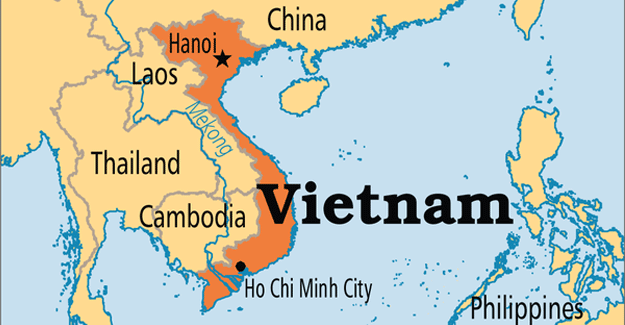
Sources:
Picture Source:
Suborbital Flight
- Context: Virgin Group founder Richard Branson has become the first billionaire to fly to the edge of space and back, riding aboard his own Virgin Galactic spacecraft in a suborbital flight.
- When an object travels at a horizontal speed of about 28,000 km/hr or more, it goes into orbit once it is above the atmosphere.
- Satellites need to reach that threshold speed in order to orbit Earth.
- Such a satellite would be accelerating towards the Earth due to gravity, but its horizontal movement is fast enough to offset the downward motion so that it moves along a circular path.
- Any object travelling slower than 28,000 km/hr will eventually return to Earth.
- Branson’s spacecraft travelled far enough to reach the “edge of space”. These are suborbital flights.
- Such a trip allows space travellers to experience a few minutes of “weightlessness”.

Source:
Picture source:
Kongu Nadu Region of Tamil Nadu
- Context: There has been a debate in Tamil Nadu over an alleged attempt to bifurcate the state, after some websites were seen supporting the idea of 'Kongu Nadu'
- It is a commonly used name for part of western Tamil Nadu that includes the districts of Nilgiris, Coimbatore, Tirupur, Erode, Karur, Namakkal, etc. that are prominent businesses and industrial hubs.
- In Tamil literature, it was referred to as one of the five regions of ancient Tamil Nadu. There were mentions of ‘Kongu Nadu’ in Sangam literature as a separate territory.
- The name derives from Kongu Vellala Gounder, a community with a significant presence in these districts.
- Kongu Nadu is neither a place with a PIN code nor a name given formally to any region.

Source:
Image Source:
Growth matters but income levels matter more
Essence: The provisional estimates of annual national income (2020-21), released on May 31 by the National Statistical Office, did not have any surprises, but for one, that is, there is nothing encouraging in the numbers. This article presents key macroeconomic data and analyses their implications.
Why you should read this article?
- Briefly know about the key macroeconomic data related to national income, sectoral growth, labour force participation, employment rate, Business confidence index and Purchasing Managers’ Index (PMI).
- Understand the implications of the data on domestic demand.
- Know about the policy responses already taken and why new measures are required to boost overall demand.
Source:
Regional powers and the Afghanistan question
Essence: Editorial is discussing the importance of regional groupings like Shanghai Cooperation Organisation (SCO) in reference of future of Afghanistan. The idea of a regional solution to Afghanistan has always had much political appeal. But divergent regional strategic perspectives limit the prospects for a sustainable consensus on Afghanistan.
The US withdrawal from Afghanistan today reinforces the strongly held conviction in Beijing that the US is in terminal decline. Neither Moscow nor Beijing would want to see Afghanistan becoming the nursery of international terror again under the Taliban. India should remain active, but patient, many opportunities could open up in the new Afghan phase. At the same time, Delhi should focus on intensifying its engagement with various Afghan groups, including the Taliban, and finding effective regional partners to secure its interests in a changing Afghanistan.
Why you should read this article?
- To gain insights into perspectives & interests of China, Russia, Iran and various regional groups on Afghanistan’s transition.
- It provides information on Pakistan’s angle in Afghanistan & potential challenges.
- To know about the requirements of India chalking out its way amid US withdrawal.
Source:
The potential of India’s circular economy
Essence: India’s circular economy has ‘Need’ as its driving factor for recycling, but these factors keep on changing as economy evolves. India’s plastic recycling rate is at lowest when compared with other countries in the world. In recent times, shift of consumers from an informal reliance on the need to recycle towards a formal leveraging of responsibility is seen. Article further discusses challenges and opportunities with India’s circular economy. We need to re-define the idea of growth rather than repeat sales of unsustainable products. The circular economy cannot be restricted to cocktail conversations as India has immense resources to find value in waste.
Why should you read this article?
- To understand what circular economy is and what is the driving factor behind India’s circular economy.
- To understand challenges & opportunities with India’s circular economy and what could be the possible solutions to tackle the same.
Source:
Poverty Eradication: What’s the way forward!
Background: Vicious Cycle of poverty
- People who are extremely poor have limited access to credit, basic financial literacy, skills for micro-entrepreneurship and are unable to access government social welfare programmes.
- To address this gaping need, CGAP-Ford Foundation launched the Graduation Program
What is this Graduation Program
- Aim: It aims to graduate people out of extreme poverty by creating safety nets, livelihoods, and microfinance support.
- Strategy: It made an intervention in the life of Antyodaya population with ‘Targeting the Hard-Core Poor’ with 300 women in West Bengal.
- Components: It provided sustainable micro-entrepreneurship opportunities by inculcating technical skills training, savings support, temporary cash, or in-kind support and mentoring over 18-24 month.
Impact
- Increase in the consumption by 46% as compared to households that did not receive the programme.
- Better micro economic indicators like total savings and the perception of economic security relative to the households that did not receive the programme.
- Asset creation and food security improved with better access to credit.
- Positive ripple effect: Every rupee spent on the programme saw Rs 4.33 in benefits.
Source:
Share the article
Get Latest Updates on Offers, Event dates, and free Mentorship sessions.

Get in touch with our Expert Academic Counsellors 👋
FAQs
UPSC Daily Current Affairs focuses on learning current events on a daily basis. An aspirant needs to study regular and updated information about current events, news, and relevant topics that are important for UPSC aspirants. It covers national and international affairs, government policies, socio-economic issues, science and technology advancements, and more.
UPSC Daily Current Affairs provides aspirants with a concise and comprehensive overview of the latest happenings and developments across various fields. It helps aspirants stay updated with current affairs and provides them with valuable insights and analysis, which are essential for answering questions in the UPSC examinations. It enhances their knowledge, analytical skills, and ability to connect current affairs with the UPSC syllabus.
UPSC Daily Current Affairs covers a wide range of topics, including politics, economics, science and technology, environment, social issues, governance, international relations, and more. It offers news summaries, in-depth analyses, editorials, opinion pieces, and relevant study materials. It also provides practice questions and quizzes to help aspirants test their understanding of current affairs.
Edukemy's UPSC Daily Current Affairs can be accessed through:
- UPSC Daily Current Affairs can be accessed through Current Affairs tab at the top of the Main Page of Edukemy.
- Edukemy Mobile app: The Daily Current Affairs can also be access through Edukemy Mobile App.
- Social media: Follow Edukemy’s official social media accounts or pages that provide UPSC Daily Current Affairs updates, including Facebook, Twitter, or Telegram channels.

